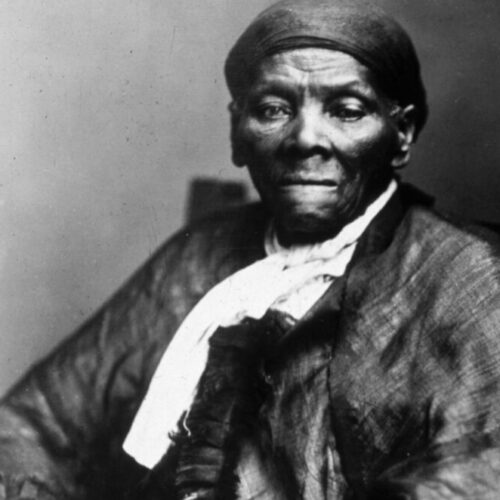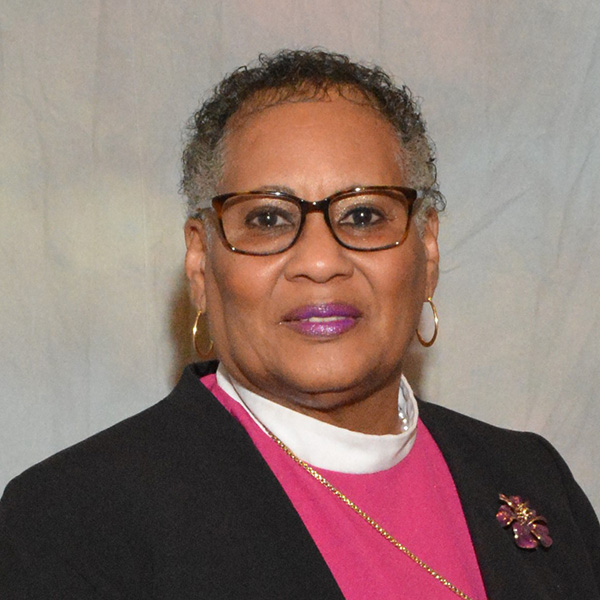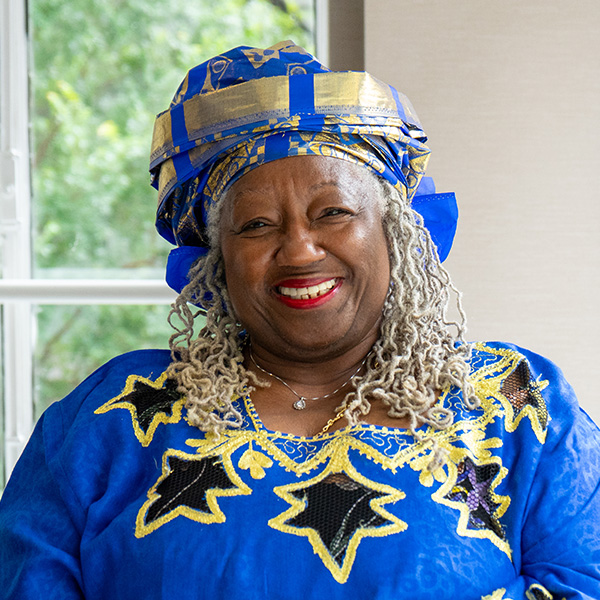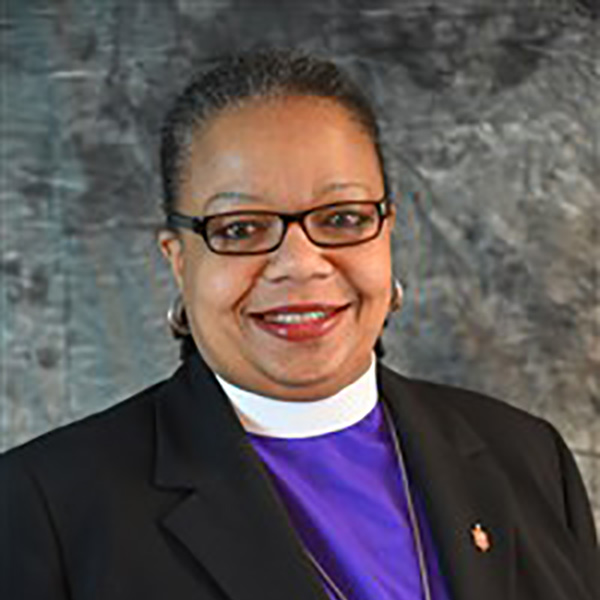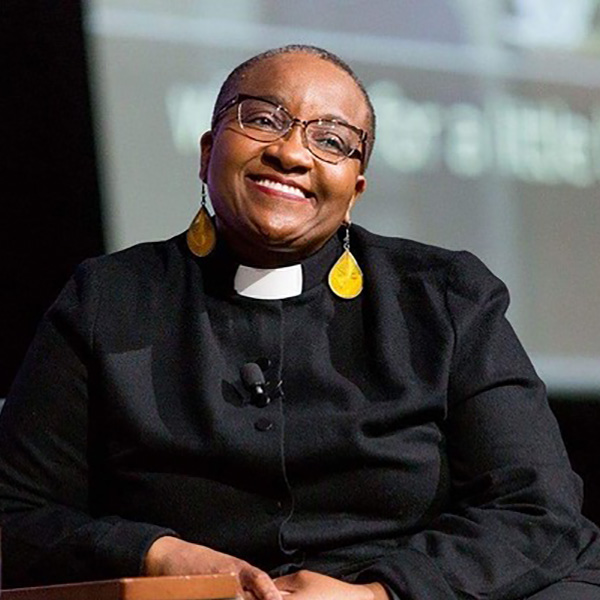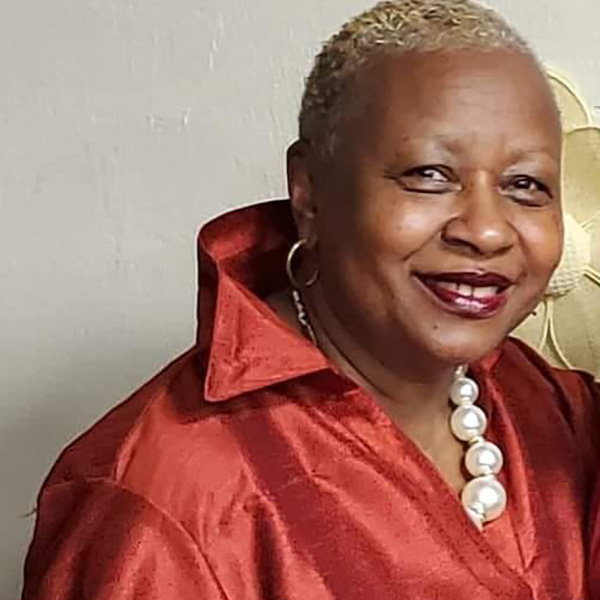Biography
Early Life
Called the “Moses of her people,” Harriet Tubman is well-known as the most popular conductor on the Underground Railroad. She led many enslaved Black people to freedom.
Araminta, or “Minty,” was born enslaved on the eastern coast of Maryland in Dorchester County to Harriet and Benjamin Ross. The Thompson and Brodess families enslaved Harriet, her eight siblings, and her parents on a large plantation.
As a young girl, Minty suffered the trauma of seeing three of her siblings sold and taken further South. As a teenager, she suffered a hard blow to her head from a weight that was meant to hit someone else.
The debilitating injury fractured her skull and left her with epileptic episodes and painful migraines for the rest of her life.
Despite her arduous childhood and living through the perils of enslavement, Minty developed a deep faith in Christianity that was encouraged and cultivated by her family.
Visions through dreams and unyielding trust in God became the underpinning of her life of activism. Biographer Sarah Bradford noted in Harriet Tubman, the Moses of her People, “Hers was not a religion of a morning and evening prayer at stated times, but when she felt a need, she simply told God of it, and trusted Him to set the matter right.”
Road to Freedom
After marrying a free Black man, John Tubman, around 1844, Minty adopted her mother’s name and became Harriet Tubman.
Several years later, she used her astute navigational skills to emancipate herself by using the North Star as a guide to her freedom. Having safely made her journey to Philadelphia, Tubman was determined to share the gift of freedom with others.
She recalled in Some Scenes in the Life of Harriet Tubman, “I would make a home in the North and bring them there, God helping me. Oh, how I prayed then…I said to de Lord, ‘I’m gwine to hole stiddy on to you, an’ I know you’ll see me through [sic].”
The Underground Railroad
Beginning in 1850, Tubman risked everything to return to Dorchester County to lead those in bondage on the Underground Railroad to freedom.
Between 1850 and 1860, she returned time and time again with disguises and other protective measures to ensure safety along the way.
Her extraordinary success in leading what historians estimate to be around 70 enslaved men and women to freedom was unmatched.
Social Justice
Tubman quickly became a leading abolitionist, a well-respected women’s suffragist, and an anti-slavery spokesperson in the North.
Though she settled in upstate Auburn, New York, in the late 1850s, Tubman was determined to participate in the Civil War to eradicate slavery nationwide.
Heralded as “General Tubman,” she traveled with the Union Troops to work as a nurse, spy, and strategist. A respected leader, Tubman was the first woman in the United States to lead a military raid. During the Combahee River Raid in South Carolina, she led over 700 enslaved people to their freedom.
Community Leader
While Tubman lived the last decades of her life in Auburn, New York, her faith continued to guide her activism and philanthropy for others. She opened the Harriet Tubman Home for the Aged on her property to assist an aging Black community with limited resources.
Tubman was also a bright source of inspiration for women across the nation during her lifetime. She was a part of the founding of the National Association of Colored Women in the 1890s and participated in women’s suffrage campaigns to advocate for equal citizenship rights.
An active member of the African Methodist Episcopal Zion Church, she maintained a strong relationship with the Church and even left them her hard-earned property after her death in 1914.
Over a century after her death, Harriet Tubman is a popular historic and cultural figure who continues to inspire women around the world.
She remains an effervescent symbol of freedom, tenacity, and faith in God whose spirit of liberation will always encourage an equitable and just society.
